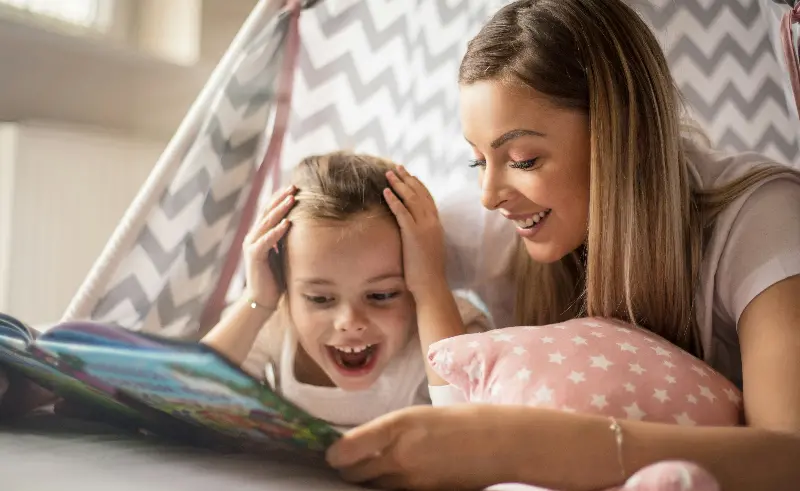
From bedtime stories to blockbuster films, children are introduced early to worlds divided between heroes and villains. These classic tales captivate, but often embed unspoken lessons about good and evil, right and wrong. As parents, we have the unique power to help children see beyond simple labels and into the complex, colourful world of human experience.
Research suggests that fairy tales can shape a child’s developing sense of justice and empathy. Children may begin to believe villains are “just bad” and heroes are perfect, but real life rarely wears such clear costumes. Luckily, with a few simple techniques, you can help transform these stories into tools for emotional intelligence and compassion.
Beyond Black and White: The Spectrum of Character
Invite your child to look deeper than a villain’s cackle or a hero’s shiny armour. What happened before the story began? What might the villain be feeling? By reframing a character’s motives, we encourage children to see the world in shades of grey.
Consider these engaging questions:
- What do you think made the villain act this way?
- Have you ever felt misunderstood like this character?
- Would the story change if someone had listened to the villain?
This approach not only stokes imagination but also opens doors to conversations about bullying, loneliness, or even personal mistakes, helping children connect fiction to real life with kindness.

The Art of Changing Endings: Empowering Young Storytellers
Children are natural storytellers and inventors. Challenge them to create their own endings for familiar stories. What would it look like if heroes and villains talked it out? Could the villain become a friend or learn from their mistakes?
Try these creative activities:
- Turn a classic scene on its head—let your child narrate what happens next.
- Draw alternative endings as a comic or storyboard.
- Role-play: switch roles and have your child defend the villain’s choices.
By rewriting the narratives, children learn the invaluable lesson that anyone can choose kindness—even after making mistakes.
Compassionate Narratives for a Kinder Future
Stories are powerful: they teach us how to see ourselves and others. When children learn that every “villain” has a backstory, and that heroes are not flawless, they develop deeper empathy and resilience.
Some benefits of reframing stories include:
- Improved conflict resolution skills
- Reduced fear of mistakes or “being the bad guy”
- Enhanced creativity and confidence in problem-solving
Encourage children to ask, “What else could this character do?” or “How could they feel better?” Small questions build big hearts.
A New Chapter Awaits: Writing Our Own Endings
Let’s imagine a future where children grow up seeing the world in all its beautiful complexity—not as heroes versus villains, but as people learning and growing alongside one another. The next time you share a bedtime story or leave the cinema, pause with your child. What if we could be the ones who rewrite unhappy endings, inspire forgiveness, and create new beginnings?
Sometimes, the bravest heroes are those who dare to understand. Where might your family’s next story take you?
